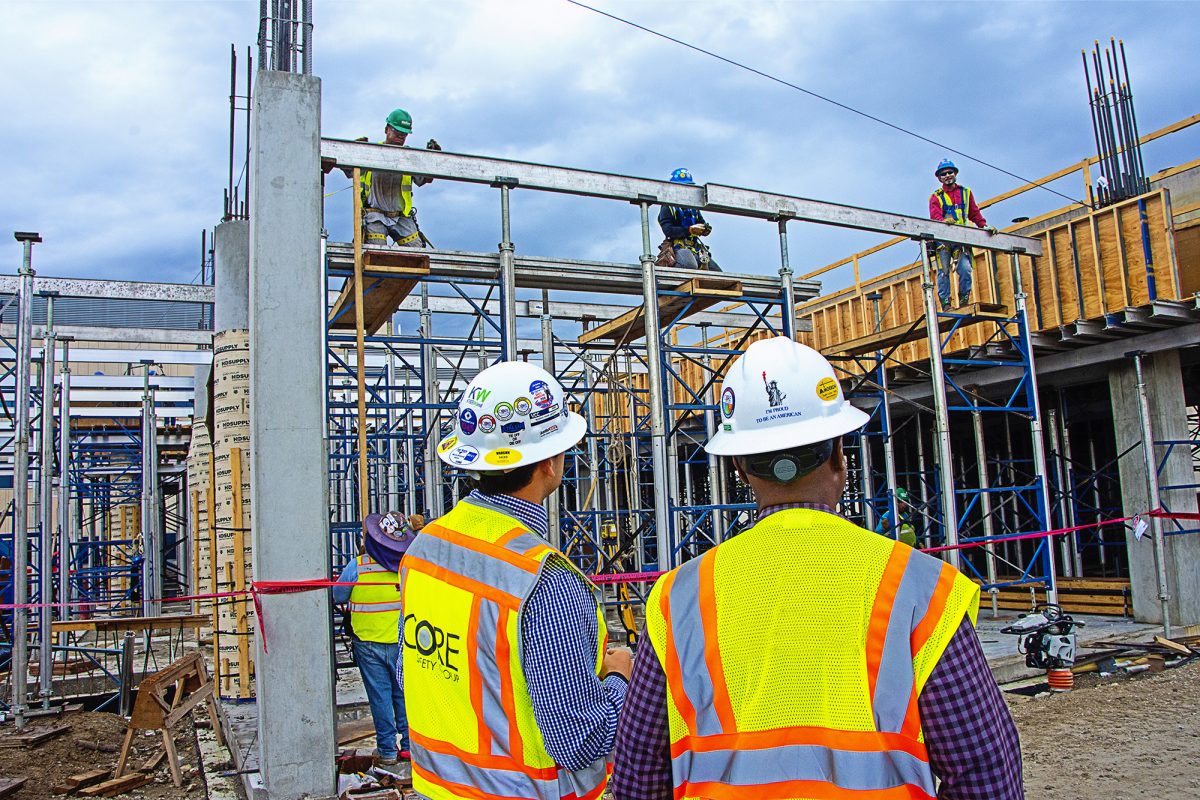In today’s rapidly evolving industrial and healthcare environments, ensuring worker safety has become more critical than ever. One of the most significant challenges faced by industries and healthcare facilities is managing the risks associated with hazardous substances. chemical exposure monitoring plays a pivotal role in enhancing safety protocols by providing real-time data and insights that help prevent occupational illnesses and environmental hazards. With the advancement of healthcare EHS compliance tools , organizations now have access to more sophisticated methods to track and mitigate chemical exposure risks effectively.
The Importance of Chemical Exposure Monitoring
Chemical exposure monitoring is essential for any workplace where employees may come into contact with potentially harmful substances. This monitoring process involves the systematic measurement and analysis of chemical agents in the air or on surfaces, ensuring that exposure levels remain within safe limits. By implementing chemical exposure monitoring, organizations can proactively identify hazardous situations before they escalate, thus protecting employees’ health and maintaining regulatory compliance.
In industries such as manufacturing, pharmaceuticals, and healthcare, where chemicals are frequently used, chemical exposure monitoring ensures that the environment remains safe for workers. The use of healthcare EHS compliance tools enhances this process by offering automated tracking, reporting, and alert systems that streamline the monitoring of chemical agents. These tools facilitate real-time exposure tracking, enabling immediate corrective actions to be taken if unsafe levels are detected.
Role of Healthcare EHS Compliance Tools in Chemical Exposure Monitoring
Healthcare EHS compliance tools have revolutionized the way organizations handle chemical exposure monitoring. These tools integrate advanced sensor technologies, data analytics, and regulatory frameworks to provide a comprehensive safety solution. With features such as continuous monitoring, historical data analysis, and automatic compliance reporting, these tools empower safety officers to maintain a safer workplace environment.
The integration of healthcare EHS compliance tools into chemical exposure monitoring systems allows for more accurate detection and assessment of hazardous chemicals. This precision is vital because it not only ensures the well-being of employees but also helps organizations avoid costly fines and penalties associated with regulatory non-compliance. By using these tools, businesses can develop tailored safety protocols based on real-time data, significantly reducing the risks of chemical exposure incidents.
Enhancing Workplace Safety Through Real-Time Monitoring
One of the significant advantages of chemical exposure monitoring is the ability to perform real-time surveillance of chemical hazards. This immediate feedback mechanism enables timely interventions that can prevent serious health issues among workers. Healthcare EHS compliance tools support this proactive approach by providing continuous data feeds, alerts, and actionable insights directly to safety managers and employees.

Real-time chemical exposure monitoring means that hazardous chemicals such as solvents, gases, or particulates are detected promptly, allowing for rapid response actions like evacuation, ventilation adjustments, or use of personal protective equipment (PPE). This dynamic safety management ensures that workers are not subjected to dangerous chemical concentrations for extended periods, significantly reducing the risk of chronic illnesses or acute poisoning.
Improving Compliance and Reporting Standards
Chemical exposure monitoring is not only about protecting workers but also about meeting stringent regulatory standards set by agencies such as OSHA, EPA, and other international bodies. Healthcare EHS compliance tools streamline the compliance process by automating data collection and generating detailed reports that can be submitted to regulatory authorities without delay.
The automation of compliance reporting reduces human errors and saves considerable time and resources for the organization. Furthermore, these tools maintain comprehensive records of exposure levels and safety measures, which can be critical during audits or investigations. This level of organization fosters transparency and accountability, enhancing the company’s reputation as a responsible employer committed to workplace safety.
The Role of Technology in Advancing Chemical Exposure Monitoring
Technological advancements have significantly improved the capabilities of chemical exposure monitoring systems. Modern healthcare EHS compliance tools incorporate IoT (Internet of Things) sensors, wearable devices, and AI-driven analytics to provide deeper insights into exposure patterns. These technologies enable continuous monitoring even in hard-to-reach or hazardous areas, offering a more comprehensive safety net.
Wearable sensors, for instance, can track an individual worker’s exposure levels throughout their shift, alerting them instantly if dangerous chemicals are detected. This personalized monitoring approach ensures that even the smallest exposure events are recorded and addressed. Meanwhile, AI algorithms analyze large datasets collected from various sources to predict potential exposure risks and recommend preventive measures.
Fostering a Safety Culture with Chemical Exposure Monitoring
Implementing chemical exposure monitoring supported by healthcare EHS compliance tools fosters a culture of safety within organizations. When workers and management are aware of the continuous monitoring and real-time feedback, there is a greater emphasis on following safety protocols and wearing protective gear consistently.
Moreover, the transparency offered by chemical exposure monitoring encourages employees to participate actively in safety programs. When workers understand that their health is being safeguarded through sophisticated monitoring technologies, their confidence and morale improve, which in turn enhances overall productivity.
Conclusion: A Safer Future with Chemical Exposure Monitoring
In conclusion, chemical exposure monitoring is an indispensable component of modern safety protocols in industrial and healthcare settings. The integration of healthcare EHS compliance tools has elevated this process to new levels of efficiency and effectiveness, ensuring not only regulatory compliance but, more importantly, the health and safety of employees.
By leveraging real-time monitoring, automated compliance reporting, and advanced technological innovations, organizations can significantly reduce the risks associated with hazardous chemical exposure. This proactive approach helps build safer workplaces, fostering a culture where employee health is prioritized, and environmental hazards are minimized. As industries continue to evolve, the role of chemical exposure monitoring paired with robust healthcare EHS compliance tools will remain crucial in protecting workers and sustaining operational excellence.